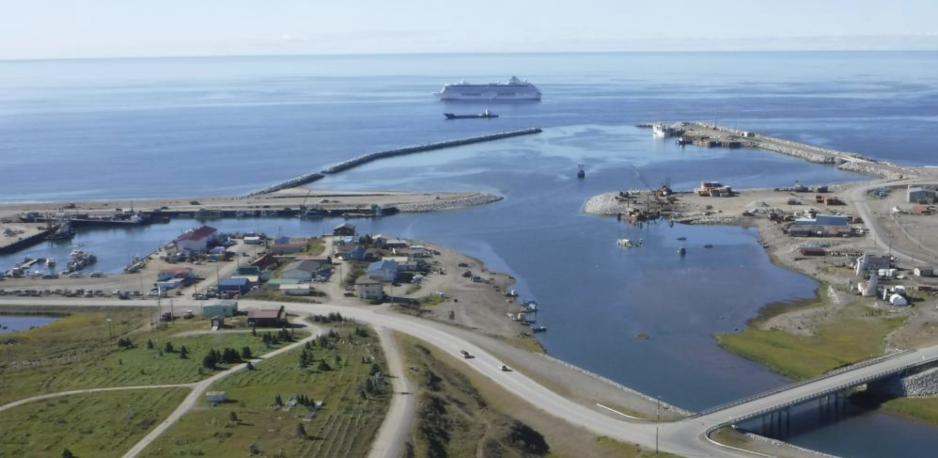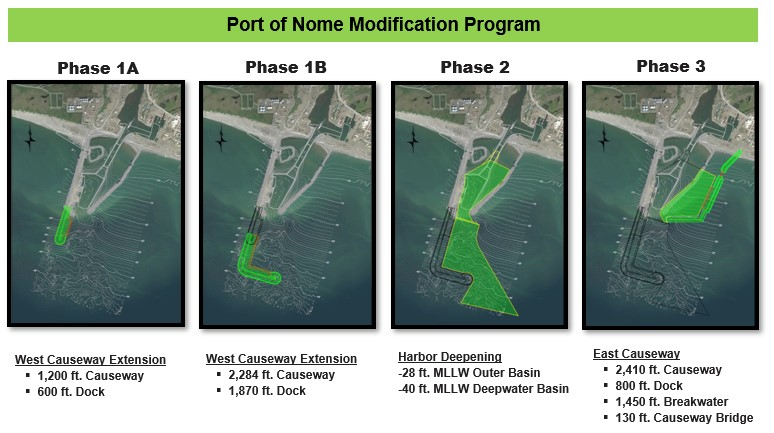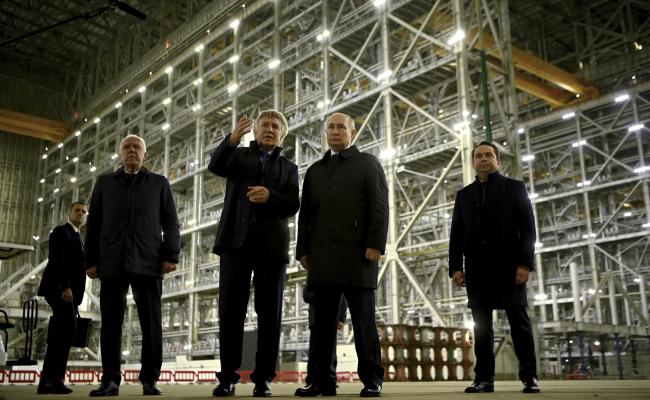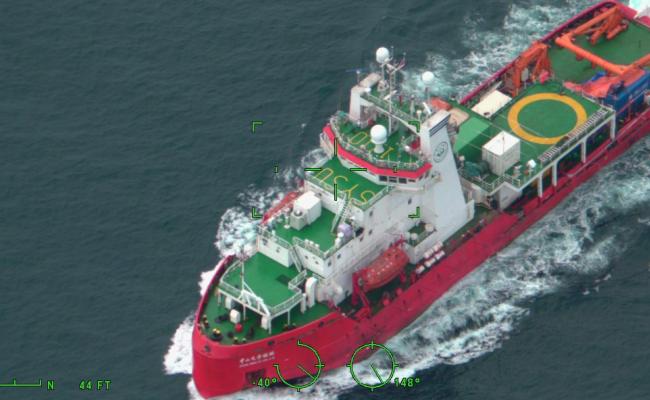U.S. Awards Construction Contract for First Phase of Expanding Nome into Arctic Deepwater Port

Port of Nome including west and east causeways. (Source: Port of Nome)
Construction of America’s first Arctic deepwater port in Nome, Alaska is set to begin, almost two decades after first being proposed. The Army Corps of Engineers awarded a construction contract for Phase 1A of the project to Kiewit Infrastructure West, with completion expected by September 2029.
Almost 20 years after the idea of a U.S. deep-water port located in Nome received serious consideration at a 2008 Army Corps conference, the U.S. Government has awarded a firm-fixed-price contract.
Kiewit Infrastructure West Co. out of Vancouver, Washington will lead the design-bid-build construction for the Port of Nome Modification Phase 1A.
The news comes almost a year after the U.S. Army Corps of Engineers canceled contract solicitation due to cost overruns. Simply put the funds to be allocated proved insufficient to cover the scope of construction and received bids were likely above available funding and statutory limits.
The cancellation put the project’s future in limbo. To address the funding issue the Army Corps proposed a scaled-down version of Phase 1 of the project, called Phase 1A.
Modifying the project
Originally Phase 1 called for the existing west causeway to be extended by 3,400 feet. Phase 2 would follow with dredging to create a deep-water port and the final phase would include the demolition and rebuilding of the existing east causeway.
Under the pared-down plan the causeway will now be extended in two phases: 1,200 feet during Phase 1A with 600 feet of new dock space and an additional 1,870 feet during Phase 1B. The proposed work of subsequent phases remains unaltered.

Graphic showing the phases of the Port of Nome Modification project in Nome, Alaska. (Source: Army Corps of Engineers)
Kiewit Infrastructure, which was the only bidder, was awarded the contract for Phase 1A with construction funds in the amount of $399.4 million.
Phase 1A work is expected to be completed by September 5, 2029. Additional work, primarily dredging to create waters deep enough to accommodate large vessels, including Coast Guard icebreakers, will be required to turn Nome into a deep-water port.
“The entirety of the harbor expansion project aims to provide larger vessels with improved access to Nome’s existing harbor and create a new deep-water basin at a depth of minus 40 feet.
Required
Dredging is required to deepen and maintain both basins and associated navigation channels,” the U.S Army Corps of Engineers said in a press release.
Currently, only vessels with a draft of 18 feet can enter the port’s outer basin. The U.S. Coast Guard’s icebreaker Healy, which routinely operates in the Arctic during summer, has a draft of over 29 feet and the newly acquired Storis comes in at 34 feet.
The new port project will serve research and public safety purposes
Future Coast Guard icebreakers such as the Polar Security Cutter and Arctic Security Cutter are designed with a draft of 36 feet and 23 feet respectively.
Room for future icebreakers
As the U.S. is looking to significantly expand its fleet of polar icebreakers, expansion of its Arctic facilities will be key to maximizing availability and use of the vessels. Currently icebreaker Healy and Polar Star are homeported in Seattle, 2,000 nautical miles from Arctic waters.
The new vessel Storis will be the first icebreaker in decades to be based out of Alaska in the state’s capital Juneau. The Coast Guard’s original Storis icebreaker was based there between 1948 to 1957.
“The new port project will serve research and public safety purposes as well as an important pivot point for the nation’s military presence above the Arctic Circle,” the Army Corps highlighted.
Though another five years may pass until the Port of Nome will reach the point where it can receive the Coast Guard’s icebreaker fleet. Next up in the project will be procurement for Phase 2, Phase 1B and Phase 3.
The focus thus appears to be on deepening the existing basin behind the expanded causeway before lengthening it further under Phase 1B. The Army Corps expects to solicit bids for Phase 2 by May 2026, to be followed by Phase 1B in 2028 and the final phase in 2030.



